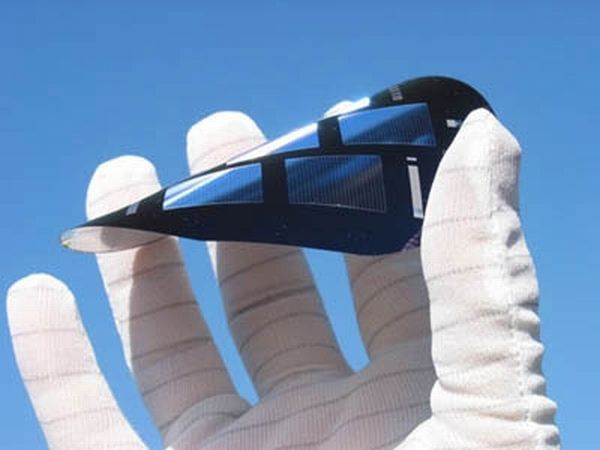There is an urgent need to cut down the cost of generating power using solar energy. With this aim in mind, Twin Creeks Technologies, a pioneer in making next gen solar modules, has developed a wafer production system that will reduce the cost of solar modules, considerably. The trick is reducing the thickness of the modules by cutting the amount of silicon and other substrate materials, used for their production, by a whopping 90 percent.

According to Twin Creeks, it is the wafer slicing technique and the handling requirements that determine the thickness of the wafers. Technically speaking, it is the top layer of the substrate that plays a major role producing energy and transmitting signals, the rest just allows handling convenience. Therefore, thinning down the wafer size by eliminating excess material can open up new experimental avenues.
Hyperion 3 is one such solution, developed by Twin Creeks that will generate monocrystalline wafers, which are less than 1/10th the thickness in comparison to conventional wafers. All this is attributed to the technology called Proton Induced Exfoliation (PIE). Hyperion embeds a layer of hydrogen ions on the monocrystalline wafers. This layer has a thickness of 20 microns. On application of heat, this new layer expands and cleaves the top surface into an ultra thin wafer. This wafer is then converted into the final product, the solar modules and semiconductors.
Solar cells produced with the help of Hyperion are much lighter when compared with conventional cells and also they can be bended, which makes them flexible for packaging too. Their lightweight, compactness and low costs will not only benefit manufacturers, but the use of solar energy will also get a boost. Over time, Twin Creeks extend the technology for building photovoltics and other electronics as well.




